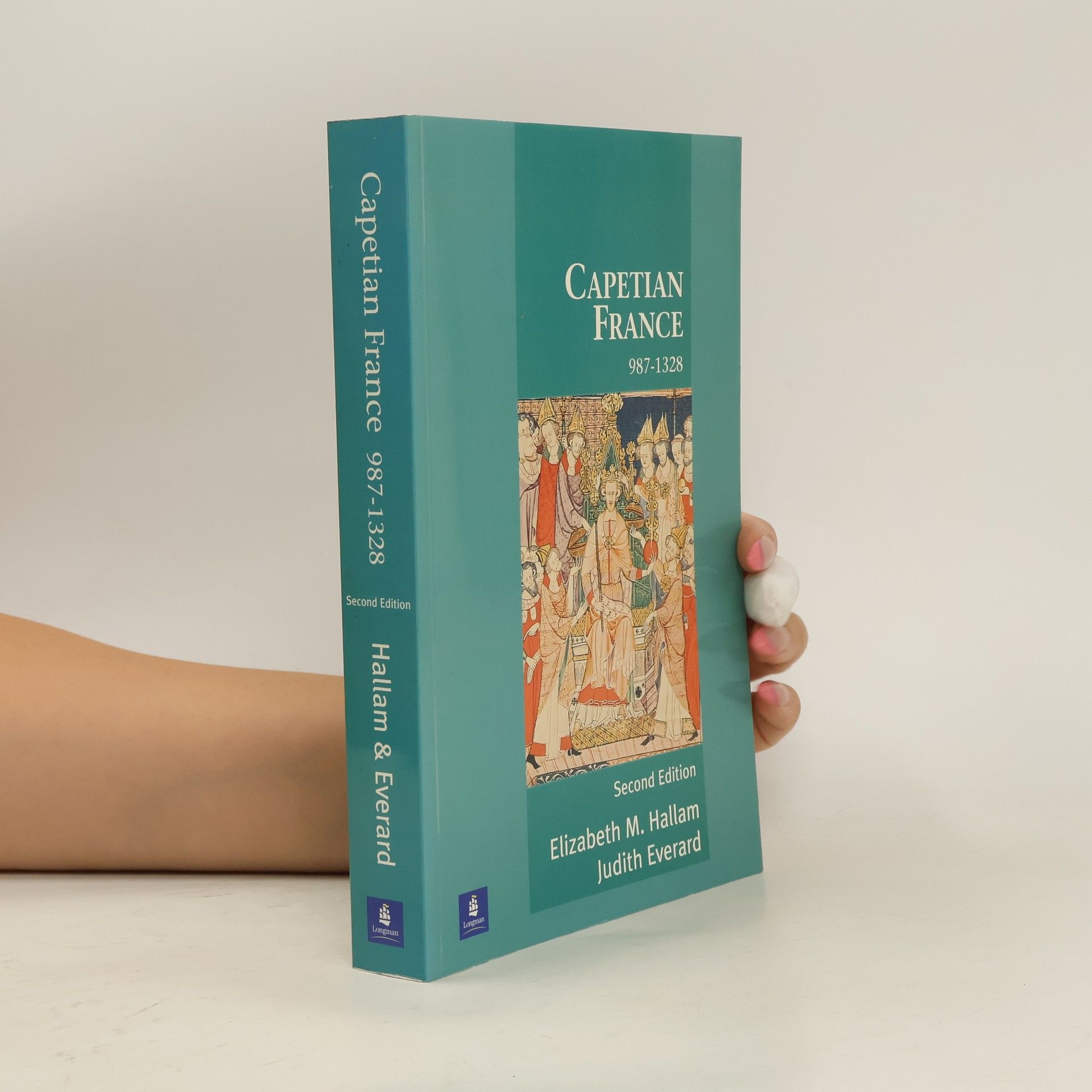Beyond the body. Death and social identity
- 256 pages
- 9 hours of reading
This text provides an approach to death, dying and bereavement, and the sociology of the body. The authors challenge existing theories that put the body at the centre of identity. They go beyond the body to highlight the persistence of self-identity even when the body itself has been disposed of or is missing. Chapters draw together a wide range of empirical data, including cross-cultural case studies and fieldwork to examine both the management of the corpse and the construction of the soul or spirit by focusing on the work of: undertakers; embalmers; coroners; clergy; clairvoyants; exorcists; and bereavement counsellors.

